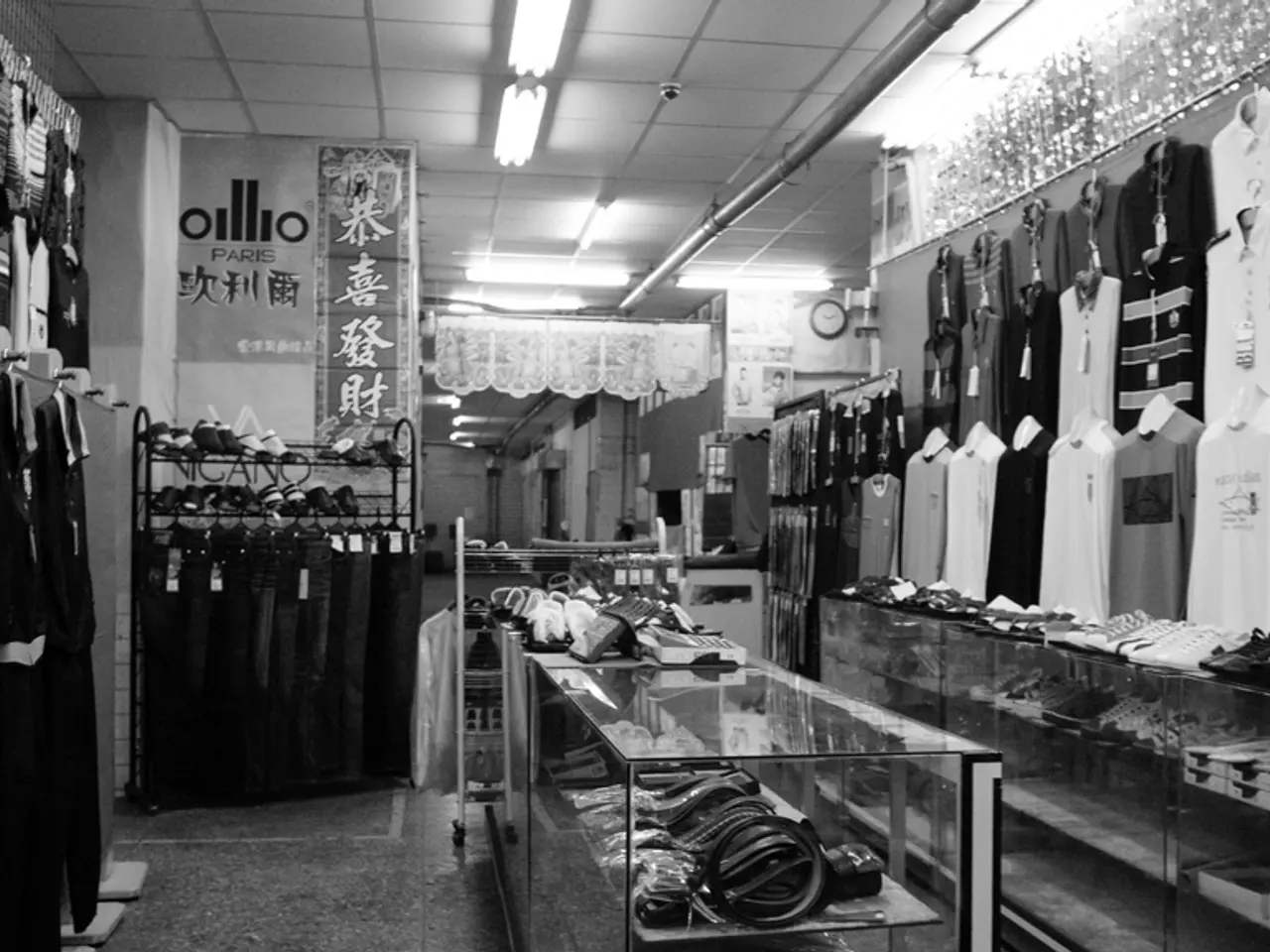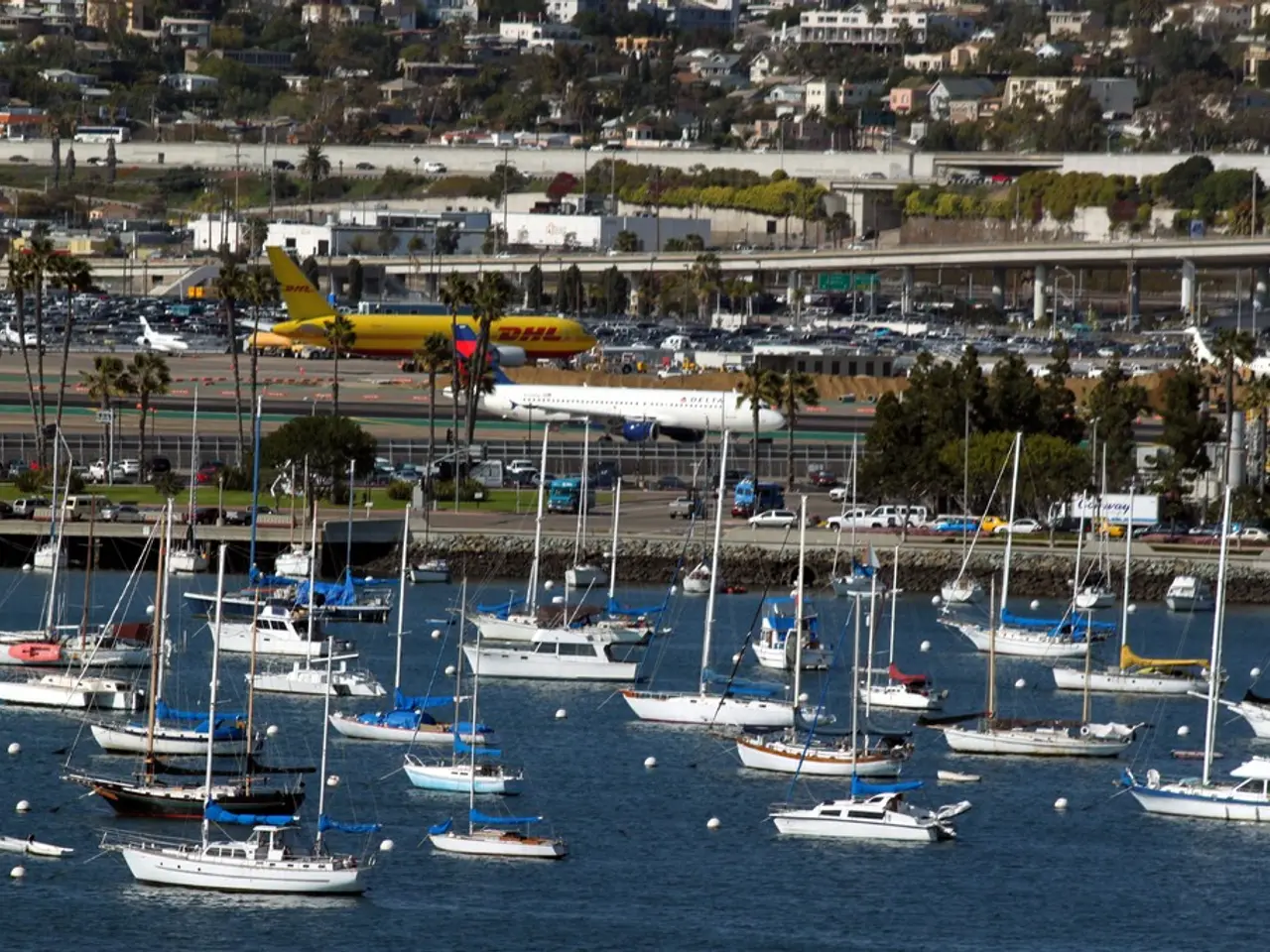Unveiling the Overlooked Expenditures in Clothing Manufacturing
In the world of fashion, the allure of bringing a new collection to life can often overshadow the financial realities of clothing manufacturing. For emerging designers, understanding and managing overlooked costs is crucial to the sustainability of their brands.
One such cost is labour-related expenses, which extend beyond initial wage negotiations. As global inflation rises and labour shortages persist, manufacturers face increasing pressure to pay higher wages. Labour costs can represent a substantial portion of the production budget, and ensuring fair wages and safe working conditions is essential for ethical sourcing.
Material costs and fabric yield accuracy are another often overlooked expense. Designers may rely on manufacturers' estimates without verifying fabric prices or actual material usage, leading to overestimating fabric yield or paying inflated material prices. To avoid overpaying, it is advised to double-check fabric pricing with mills and verify pattern efficiency.
Regulatory compliance costs are another factor that can impact a designer's budget. Operating across countries means complying with various labor laws, safety regulations, environmental standards, and tax requirements. Navigating these complex and varying regulations adds administrative and operational expenses that many emerging designers overlook initially.
Environmental and artisan impact monitoring is particularly relevant for designers focusing on ethical or luxury markets. Insufficient transparency in artisan labor conditions and environmental impacts can lead to hidden costs associated with brand reputation, certification, or remediation of practices if discovered later.
Initial investment and production overheads are also significant expenses. Beyond direct manufacturing, starting a clothing line usually demands substantial upfront investment to cover prototyping, minimum order quantities, quality control, and sample development.
To prepare for these costs, emerging designers are advised to conduct thorough cost breakdown analysis, build relationships with ethical and transparent suppliers, understand and plan for regulatory compliance, allocate budget for environmental and artisan impact monitoring, and prepare for significant upfront costs.
Investing in pre-production services can help ensure a smooth production process and keep costs under control later in the process. Services like tech packs, grading, digitizing patterns, and fit testing are essential but come with their own price tags. Skipping pre-production steps can be costly as mistakes made in pre-production are expensive to fix later.
Working with an experienced production partner like The Evans Group can help minimize potential production delays, uncover the full scope of what it takes to bring a fashion line from "sketch" to "sold", and simplify the production process. With the right guidance, hidden costs in clothing manufacturing do not have to be so daunting that they prevent designers from building their campaigns.
References: [1] https://www.forbes.com/sites/danschawbel/2021/02/17/how-to-build-a-sustainable-fashion-brand/?sh=4e9b2e3f5e39 [2] https://www.mckinsey.com/industries/apparel/our-insights/the-future-of-fashion-is-digital [3] https://www.mckinsey.com/business-functions/operations/our-insights/the-future-of-fashion-is-digital [4] https://www.mckinsey.com/business-functions/operations/our-insights/the-future-of-fashion-is-digital [5] https://www.mckinsey.com/industries/apparel/our-insights/the-future-of-fashion-is-digital
- In the realm of fashion, a full-service approach that considers both sample development and manufacturing is vital in managing the financial realities of clothing production.
- Beyond labour costs, material costs and fabric yield accuracy are often overlooked expenses that can significantly impact a designer's production budget.
- Regulatory compliance costs, such as adhering to labor laws, safety regulations, environmental standards, and tax requirements, can add administrative and operational expenses that many emerging designers underestimate.
- Environmental and artisan impact monitoring is essential for designers in the ethical or luxury markets, as insufficient transparency can lead to hidden costs associated with brand reputation, certification, or remediation of practices.
- To tackle the significant upfront costs like prototyping, minimum order quantities, quality control, and sample development, it's recommended that emerging designers plan their budgets thoroughly, build relationships with ethical suppliers, and consider investing in pre-production services.




